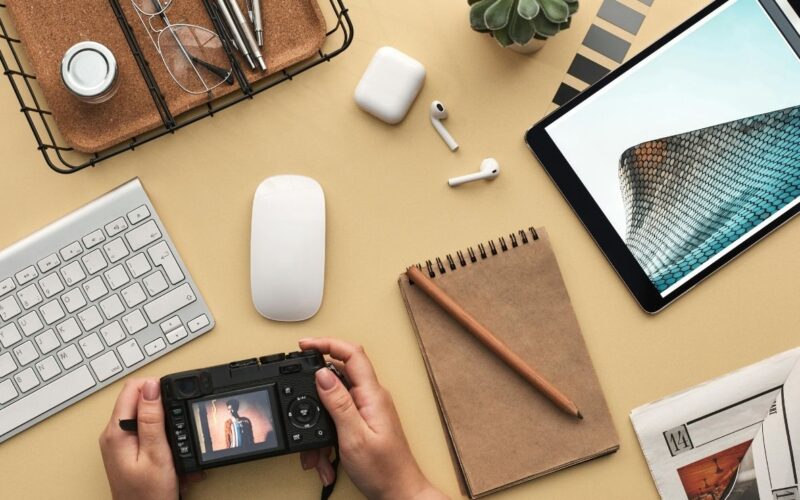For teens today, certain things feel like basic parts of life. Streaming a show, ordering food with an app, or asking a phone for directions all seem completely normal. But in 2002, most of this technology didn’t exist or was just getting started. If you were a teen back then, you remember a world without smartphones, cloud storage, or social media feeds. Here are ten things today’s teens might take for granted that simply weren’t around just two decades ago.
1. Streaming Everything, Anytime
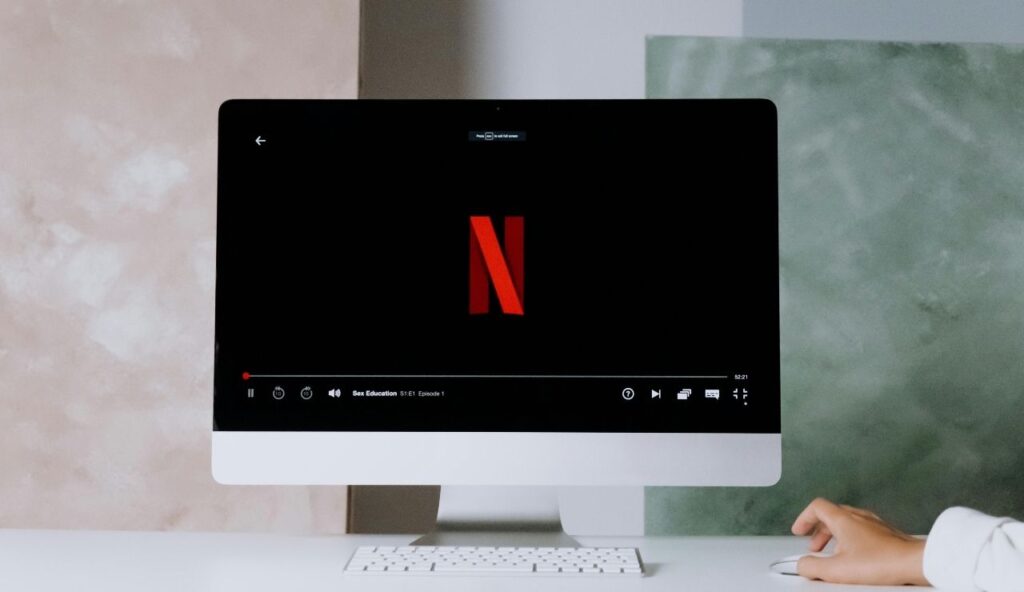
In 2002, watching your favorite show meant checking the TV guide and hoping you didn’t miss it. Listening to music required burned CDs or waiting for the right song on the radio. Today, teens can open Netflix, Spotify, or YouTube and stream whatever they want within seconds. There’s no waiting, no planning, and no restrictions. What’s now routine would have seemed like pure science fiction back then.
2. GPS on Your Phone
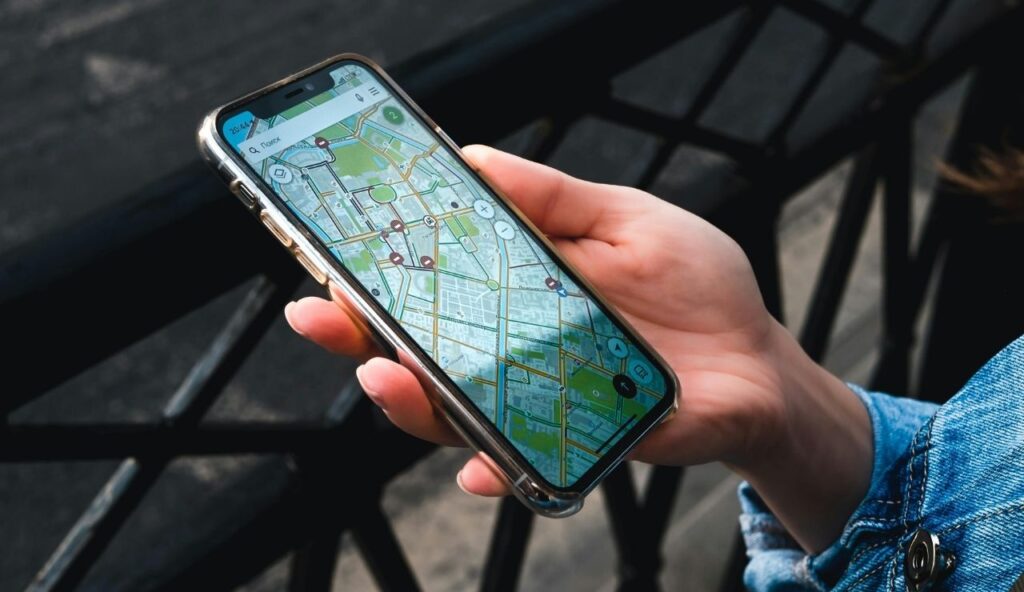
In 2002, finding your way meant printing directions from MapQuest or stopping to ask someone. GPS devices were bulky and rarely accurate. Today, teens use their phones to get real-time directions, avoid traffic, and even locate friends on a map. Navigation is fast, easy, and built into daily life. The idea of getting lost feels outdated now, but it was once a normal part of every road trip.
3. Group Chats and Instant Messaging

In 2002, messaging meant logging onto a desktop and hoping your friend was online too. AIM and MSN were great, but limited. Now, teens can text, share memes, or video call from anywhere using apps like iMessage, WhatsApp, or Snapchat. Conversations happen instantly and never really stop. Communication has become constant and casual, something teens from the early 2000s never experienced.
4. Posting Life Online in Real Time
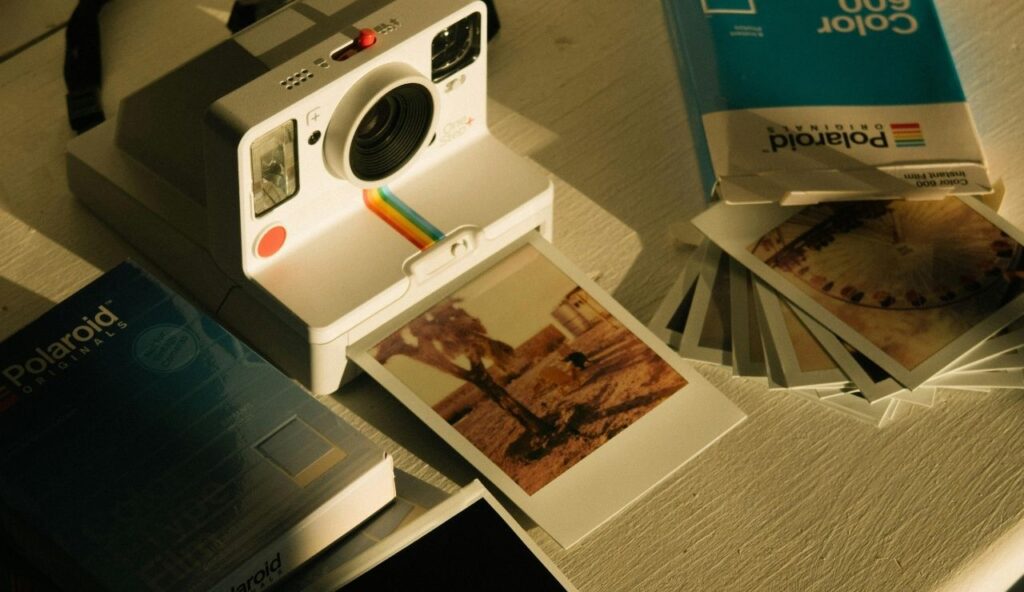
In 2002, sharing your life meant printing photos or emailing a few friends. Social media as we know it didn’t exist. Today, teens post selfies, stories, and daily thoughts within seconds on apps like Instagram, Snapchat, and TikTok. Every moment can be shared instantly with the world. This kind of digital visibility wasn’t even an option back then, making it one of the biggest shifts in teen life.
5. Unlimited Photo Storage and Cloud Backups
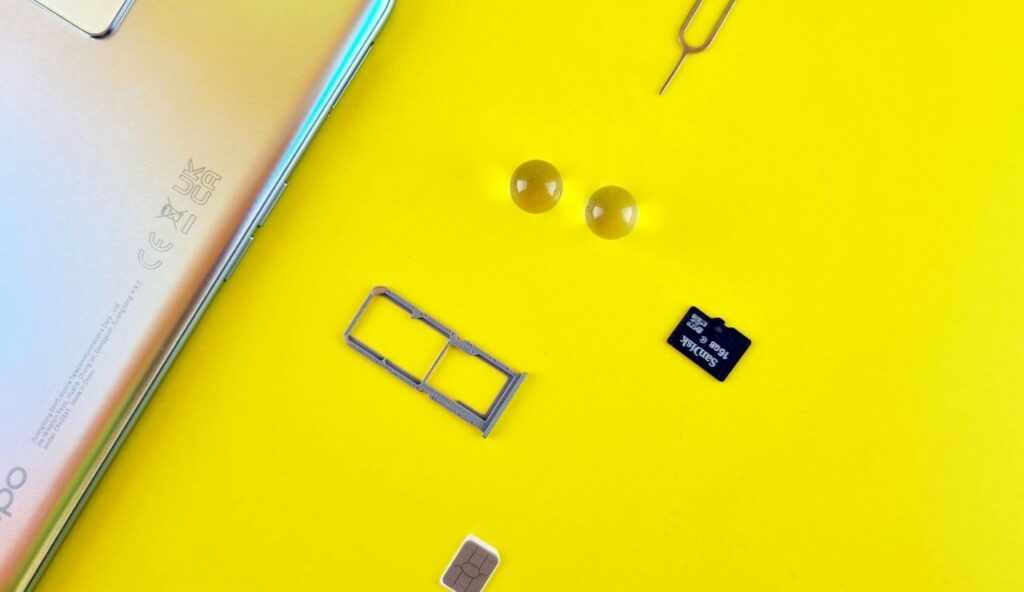
Taking pictures in 2002 meant using a digital camera and hoping your memory card didn’t fill up too fast. If your device crashed, your photos were gone. Now, teens can take hundreds of pictures a week without ever worrying about space. Cloud backups keep every image safe and organized. What once felt like a limited resource is now an endless digital gallery at their fingertips.
6. Touchscreen Smartphones
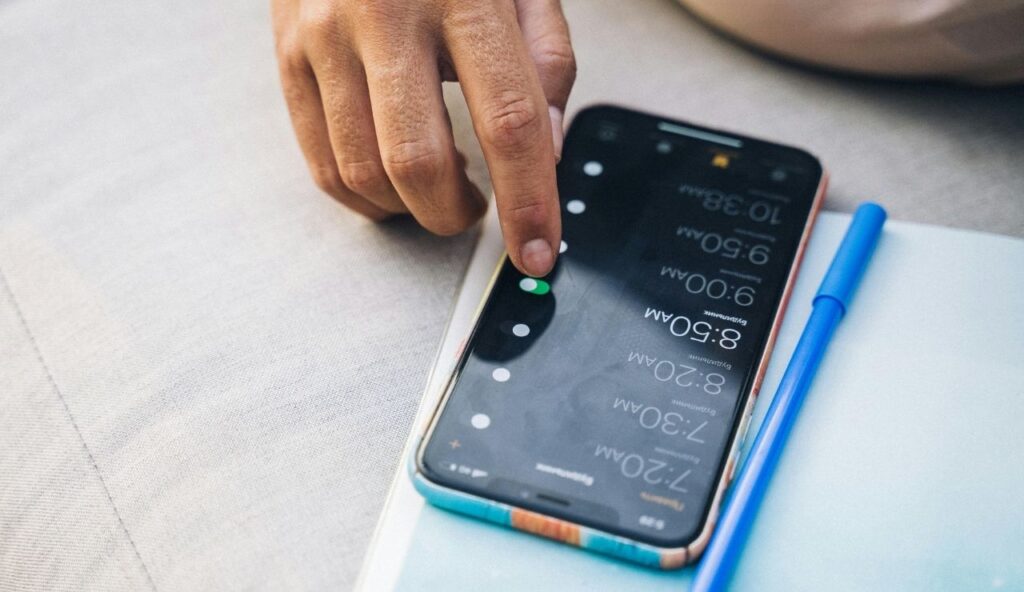
Phones in 2002 had small screens, physical buttons, and limited features. Sending a text meant tapping the same key multiple times for a single letter. Today’s smartphones are sleek, powerful, and completely touch-operated. Teens can browse the web, take high-quality photos, and run dozens of apps at once. The shift from basic tools to pocket-sized computers changed everything about daily life.
7. Instant Answers from Google
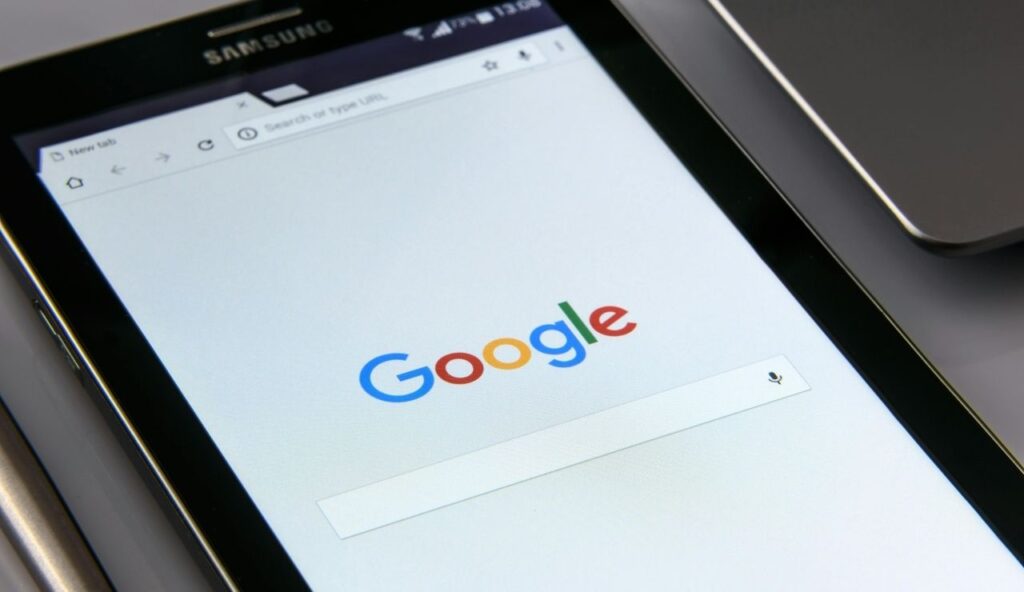
In 2002, looking up information meant flipping through textbooks or asking someone who might know. Google existed, but smartphones didn’t, so access was limited. Today, teens can search for anything in seconds, whether it’s trivia, tutorials, or help with homework. Answers are always available, anytime and anywhere. The ability to know almost anything instantly has completely changed how we learn.
8. High-Speed Wi-Fi Everywhere
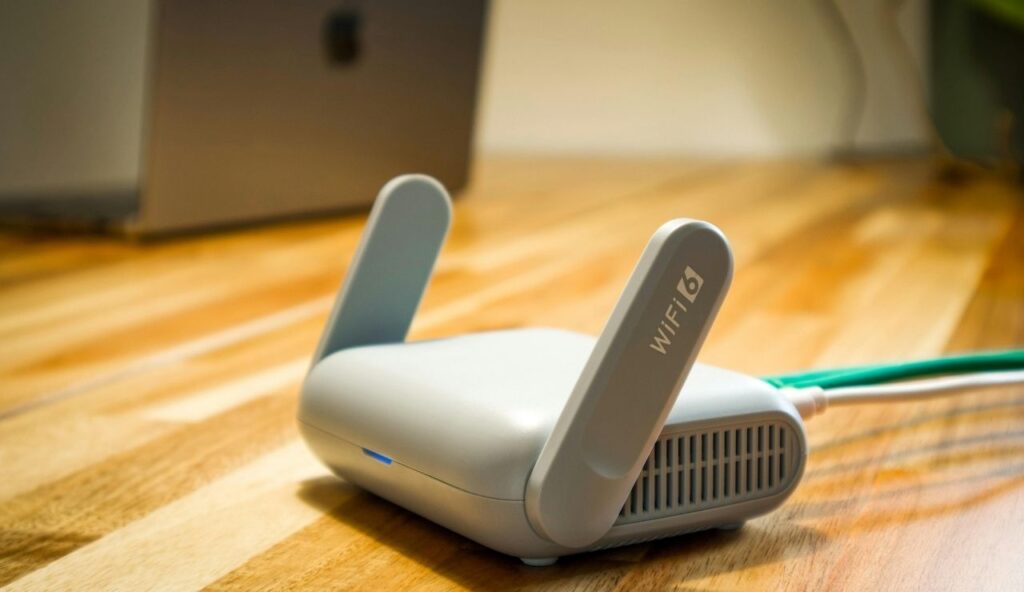
In 2002, internet access meant using a dial-up connection that tied up the phone line and crawled at a snail’s pace. You had to sit at a desktop and wait for pages to load, sometimes for minutes. Today, teens expect fast Wi-Fi almost everywhere, whether they’re at home, in school, or waiting at the airport. Being constantly connected has become normal, but it was a rare luxury not long ago.
9. Ride-Sharing and Delivery Apps

In 2002, getting a ride meant calling a cab company or waiting for a parent to show up. Food delivery was limited to pizza or maybe Chinese takeout. Today, teens can open an app and have a ride or meal at their door within minutes. Services like Uber and DoorDash have made convenience a daily norm. The idea of tapping your phone to summon a ride would have seemed unreal back then.
10. Voice Assistants and Smart Devices
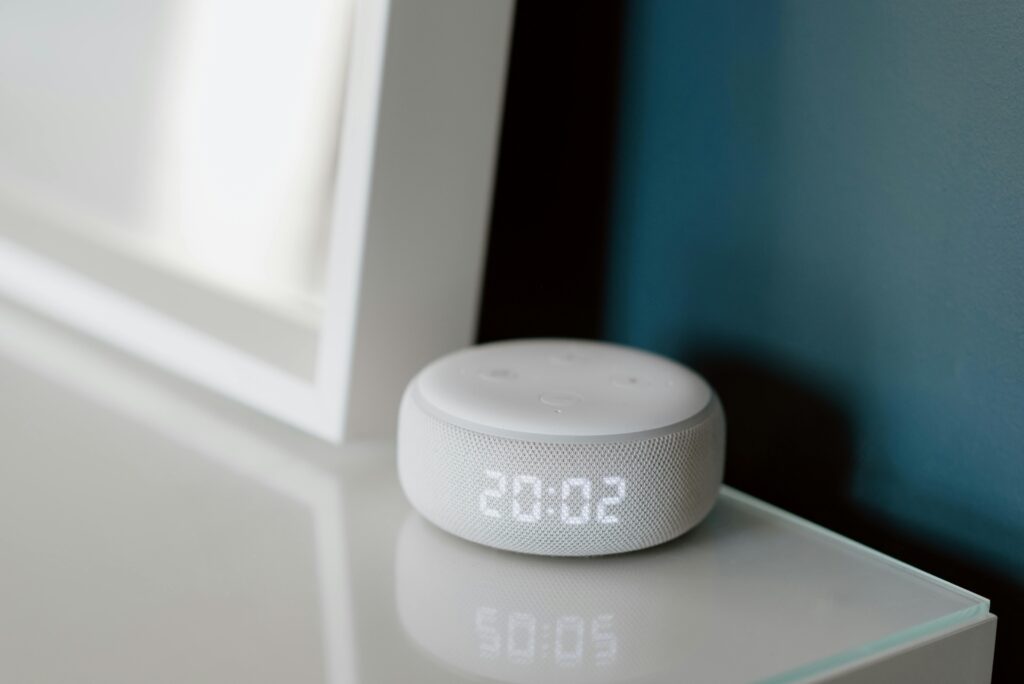
In 2002, the idea of talking to a device and getting a real answer sounded like something from a sci-fi movie. Today, teens ask Siri for the weather, tell Alexa to play music, or use smart bulbs that respond to voice commands. These tools are now part of everyday life. What once felt futuristic has become so normal that most people don’t think twice about speaking to their tech.
